Learning Resources LER 2510 Fraction Tower® Cubes are a hands-on tool that helps students understand basic fraction concepts and operations. With 51 cubes in various colors and sizes, students can see, touch, and combine and compare different fractions.
The set includes:
- One red whole
- Two pink halves
- Three orange thirds
- Four yellow fourths
- Five green fifths
- Six teal sixths
- Eight blue eighths
- Ten purple tenths
- Twelve black twelfths
With Fraction Tower® Cubes, students can:
- Compare unit fractions
- Build proper fractions
- Find equivalent fractions
- Simplify fractions
- Convert improper fractions to mixed numbers
Learning Resources LER 2510 Fraction Tower® Cubes are a hands-on tool that helps students understand basic fraction concepts and operations. With 51 cubes in various colors and sizes, students can see, touch, and combine and compare different fractions.
The set includes:
- One red whole
- Two pink halves
- Three orange thirds
- Four yellow fourths
- Five green fifths
- Six teal sixths
- Eight blue eighths
- Ten purple tenths
- Twelve black twelfths
With Fraction Tower® Cubes, students can:
- Compare unit fractions
- Build proper fractions
- Find equivalent fractions
- Simplify fractions
- Convert improper fractions to mixed numbers



-
 1
1
-
 2
2
-
 3
3
-
 4
4
-
 5
5
-
 6
6
-
 7
7
-
 8
8
-
 9
9
-
 10
10
-
 11
11
-
 12
12
Learning Resources LER 2510 User manual
- Type
- User manual
- This manual is also suitable for
Learning Resources LER 2510 Fraction Tower® Cubes are a hands-on tool that helps students understand basic fraction concepts and operations. With 51 cubes in various colors and sizes, students can see, touch, and combine and compare different fractions.
The set includes:
- One red whole
- Two pink halves
- Three orange thirds
- Four yellow fourths
- Five green fifths
- Six teal sixths
- Eight blue eighths
- Ten purple tenths
- Twelve black twelfths
With Fraction Tower® Cubes, students can:
- Compare unit fractions
- Build proper fractions
- Find equivalent fractions
- Simplify fractions
- Convert improper fractions to mixed numbers
Ask a question and I''ll find the answer in the document
Finding information in a document is now easier with AI
in other languages
- italiano: Learning Resources LER 2510 Manuale utente
- français: Learning Resources LER 2510 Manuel utilisateur
- español: Learning Resources LER 2510 Manual de usuario
- Deutsch: Learning Resources LER 2510 Benutzerhandbuch
- Nederlands: Learning Resources LER 2510 Handleiding
- português: Learning Resources LER 2510 Manual do usuário
Related papers
-
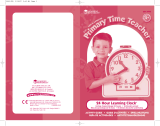 Learning Resources LER 2995 User manual
Learning Resources LER 2995 User manual
-
 Learning Resources LER 7584 User manual
Learning Resources LER 7584 User manual
-
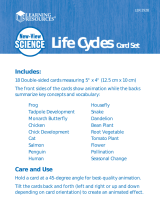 Learning Resources LER 2928 User manual
Learning Resources LER 2928 User manual
-
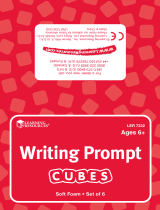 Learning Resources LER 7232 User manual
Learning Resources LER 7232 User manual
-
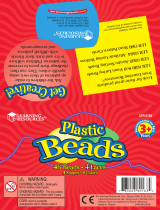 Learning Resources LPK0183-GUD User manual
Learning Resources LPK0183-GUD User manual
-
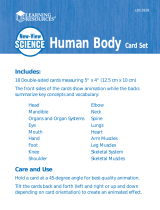 Learning Resources LER 2929 User manual
Learning Resources LER 2929 User manual
-
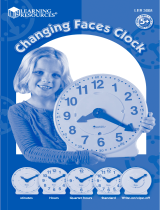 Learning Resources LER 3008 User manual
Learning Resources LER 3008 User manual
-
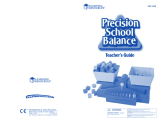 Learning Resources LER 2420 User manual
Learning Resources LER 2420 User manual
-
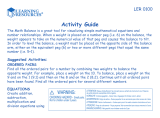 Learning Resources LER0100 User manual
Learning Resources LER0100 User manual
-
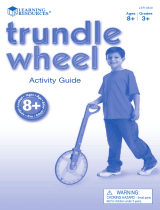 Learning Resources LER0343 User manual
Learning Resources LER0343 User manual
Other documents
-
Franke FKBSS Datasheet
-
Franke FTKBSS-TS Datasheet
-
Franke FTKBCH-TS Datasheet
-
Franke FKBCH Datasheet
-
Lego 10328 Icons Building Instructions
-
Lego 45002 Building Instructions
-
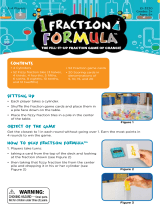 Educational Insights Fraction Formula™ Game Product Instructions
Educational Insights Fraction Formula™ Game Product Instructions
-
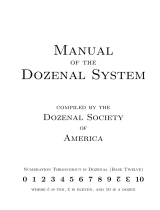 Dozenal System User manual
Dozenal System User manual
-
Sharp EL-344R Owner's manual
-
Citizen SR-270XOR User manual























